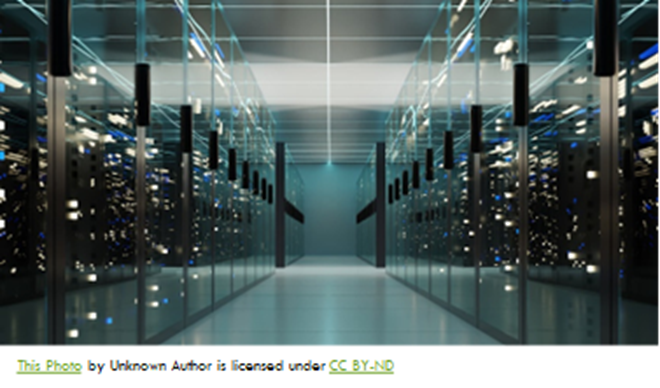
Climate change is no longer a distant threat—it’s a present reality. The electric utility industry faces unprecedented challenges as extreme weather events increase in frequency and intensity. One critical area that requires urgent attention is the software infrastructure supporting utility operations, particularly outage management systems (OMS) and other control room software.
The Rising Frequency of Extreme Weather
Extreme weather events, such as hurricanes, wildfires, and severe storms, are becoming more common due to climate change. These events can cause widespread power outages, putting immense pressure on utility companies to restore service quickly and efficiently. 80% of all significant US power outages between 2000-2023 were due to weather. (Read more about extreme weather events on page 12 in MGS’s Q3 2024 newsletter.) However, current outage management systems and control room software often struggle to cope with the sheer volume and complexity of outages caused by these extreme events.
Outage Management Systems: A Weak Link?
Outage management systems are designed to detect, analyze, and resolve power outages. However, many OMS solutions in use today are not equipped to handle the scale and severity of outages brought on by extreme weather. The increased volume of outages can overwhelm the system, leading to delayed response times, inaccurate ETRs (Estimated Time of Restoration), and prolonged power disruptions for customers. This highlights the need for more robust and resilient OMS solutions (people, processes, and technologies) that can adapt to the changing climate landscape. (Keep an eye out for MGS’s soon-to-be-published eBook: “Enhancing OMS Implementation Success Rates.”)
Control Room Software: The Heart of Utility Operations
Control room software is the nerve center of utility operations, responsible for monitoring and controlling the grid. During extreme weather events, operators must make quick and informed decisions to maintain grid stability and restore power. However, existing software can struggle to navigate these complex situations. As the frequency and intensity of extreme events increase, so does the demand for and complexity of control room software, putting strain on the industry. Enhancing the capabilities and scalability of this software is essential to providing the real-time data and predictive analytics needed to navigate these complex situations and improve situational awareness and decision-making during these more frequent crises.
Infrastructure: Implications Beyond Software
When utility physical infrastructure such as control center buildings and emergency response center buildings lose power and communications, the impacts can be severe and far-reaching. These facilities are critical for managing and coordinating emergency responses, and their functionality relies on continuous power and communication. A power outage already disrupts enough. Overlaying loss of power and communications to these critical facilities can delay emergency responses, leading to significant time loss delaying emergency responses by hours or even days. Ensuring robust backup power systems, redundant communication networks and backup facilities that aren’t exposed to the same vulnerabilities as the primary site, is essential to mitigate these risks and maintain operational continuity during crises.

Data Centers: Vulnerable to Climate Impact
Data centers, which house the critical infrastructure for utility software systems, are also vulnerable to climate change. Extreme weather events can cause physical damage, leading to system failures and extended downtime. Power outages further complicate matters as it takes valuable time for backup battery power to kick in and for chillers to ramp back up to cooling temperatures. The situation worsens when telecommunications are also disrupted.
Utilities rely on data centers for energy management systems, so their operations can be severely impacted if critical data and services hosted by data centers become unavailable. Several types of data centers need to be considered: utility-owned, vendor-operated, and major providers such as Amazon (AWS), Microsoft (Azure), and so on. While many data centers have backup power systems, such as generators and battery storage, to mitigate the impact of power outages, these systems have limitations and may not be sufficient for prolonged outages. As utilities increasingly depend on data centers and use the cloud to host critical software, telecommunications to these data centers are as critical as power and telecommunications to the control centers themselves. Ensuring the resilience and redundancy of data centers is crucial to maintaining the integrity of utility software systems.
Conclusion: A Call to Action
The electric utility software industry must take proactive steps to address the challenges of climate change. This includes investing in more resilient and adaptive software solutions, enhancing control room capabilities, and fortifying data centers against extreme weather. By doing so, utility companies can better manage outages, maintain grid stability, and ensure reliable service for their customers in the face of a changing climate.

©2024 Modern Grid Solutions
Designed & Maintained by Team Mango Media.
